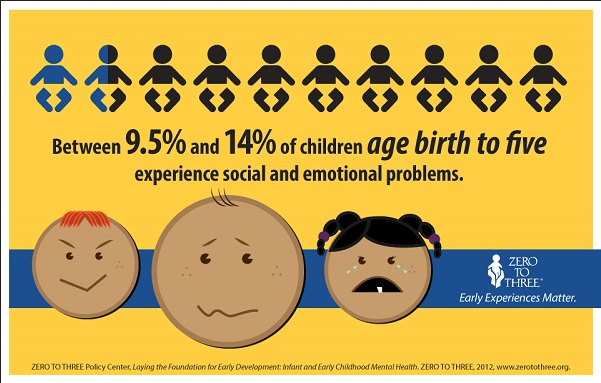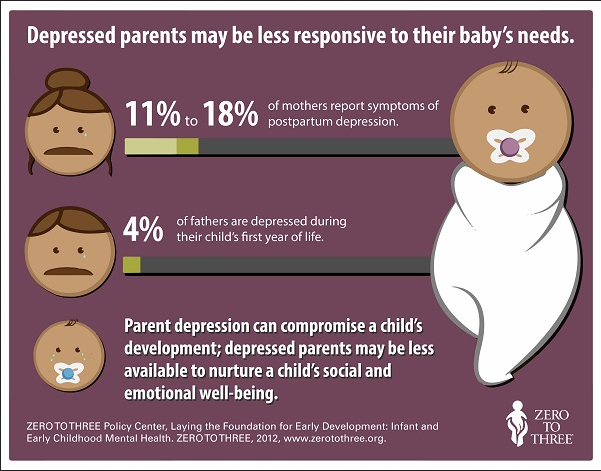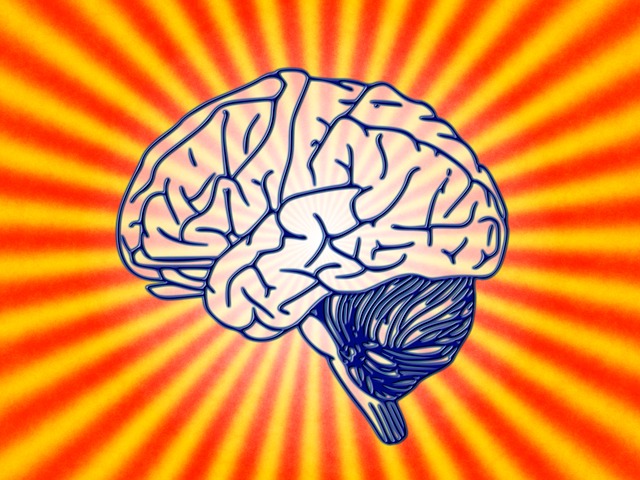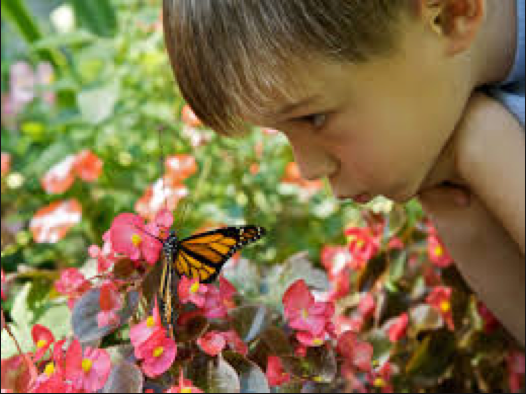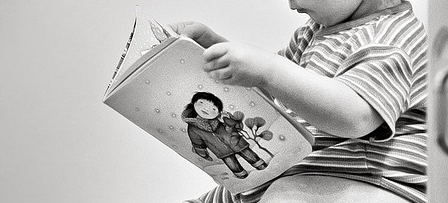Did you know there is a whole day that focus’ on Mental health in kids? Today, Thursday, May 7, marks the 10th anniversary of the Substance Abuse and Mental Health Services Administration’s, SAMHSA, National Children’s Mental Health Awareness Day! Each year, more than 1,100 communities and 136 national organizations, including Federal programs, participate in this celebration. It is because mental health starts at birth. Mental health can be impacted by a variety of things, like genetics and environment. Here are some important facts about parents:
Note that depression is normal, but it can effect your little one’s mental health and overall development so get help. Talk to a doctor about your concerns. It is also normal for kids starting at birth to have social and emotional problems but talk to a doctor. The earlier you can get intervention the better. For these babies and children with behavioral health challenges the extra services and supports available to them can mean a possibility at demonstrating their remarkable resilience. By truly getting everyone healthy, it is possible for the whole family to lead richer, fuller lives.
These children tend to have:
- Negative Feelings
- Perform poorly in school
- Have a harder time focusing
- Lower self-worth
- Later become involved in unhealthy lifestyle decisions.
- However, when these children receive intervention services, they can learn skills to live a more advantageous life
Articles Related to ‘Mental Health in Kids: What to Know’
Delinquent Habits: Help Your Children Overcome
Alcohol and Drug Abuse: Know the Facts
Behavior and Cognitive Interventions: Finding the Best Solution
